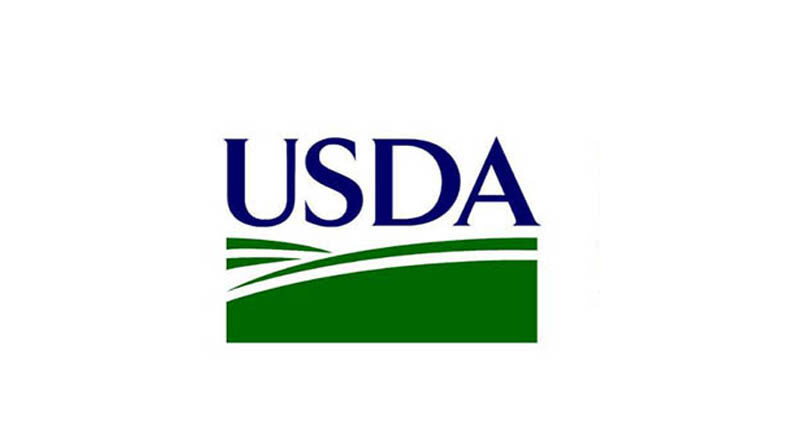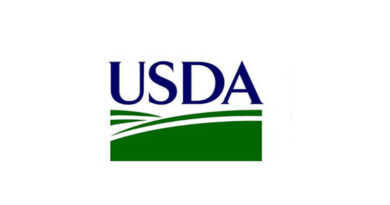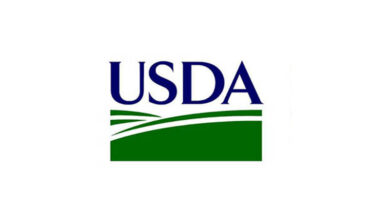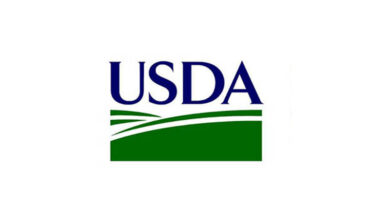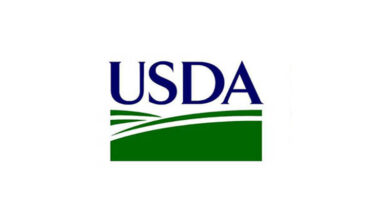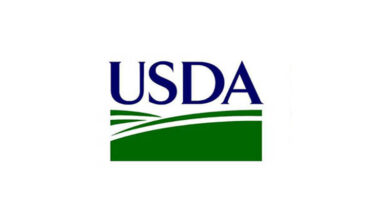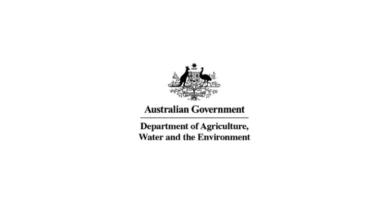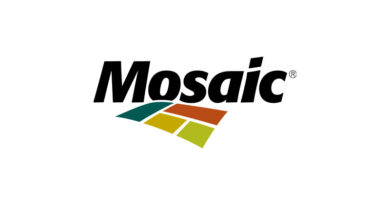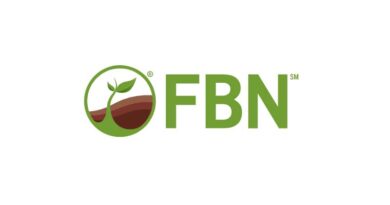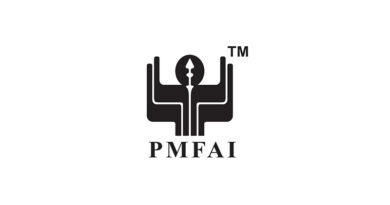USDA Announces Actions on Nutrition Security
21 March 2022, New York: During a visit to Columbia University and in celebration of National Nutrition Month, Agriculture Secretary Tom Vilsack today announced a report detailing the U.S. Department of Agriculture’s (USDA) Actions on Nutrition Security (PDF, 792 KB). This report highlights USDA’s commitment to advancing nutrition security, and the consistent access to safe, nutritious food that supports optimal health and well-being for all Americans.
Secretary Vilsack will also give a speech today at Teachers College, Columbia University showcasing the USDA’s robust efforts to tackle nutrition insecurity. The address will underscore USDA’s commitment under the Biden-Harris Administration to prioritize bold nutrition security efforts that will help ensure all American children and families have consistent and equitable access to healthy, safe and affordable food. The speech will begin at 2:15 p.m. Eastern Time and be livestreamed on usda.gov/live.
Nutrition security (PDF, 203 KB) builds on the important work USDA and its partners are doing to promote food security by increasing the Department’s focus on diet-related chronic diseases – a leading cause of death in the U.S. Nutrition security further emphasizes the importance of tackling long-standing health inequities. Research shows communities of color, families with children, and people in more isolated areas of the country, including Tribal communities, are disproportionally affected by the toll of diet-related chronic diseases.
“The COVID-19 pandemic brought food insecurity to the forefront of the national conversation and shined a new light on the devastating toll of chronic disease, with an estimated two-thirds of COVID hospitalizations in the U.S. related to diet-related diseases,” said Vilsack. “Across the Department we recognize that food and health are inherently intertwined, and we’re leaning into our powerful tools to help reduce chronic disease, advance equity and promote overall well-being. We look forward to working with our stakeholders to achieve this vision.”
“USDA and the Biden-Harris Administration are committed to leading the way to a healthier future for all Americans, one nutritious meal at a time.”
The plan outlines USDA’s four-pillar strategic approach to leveraging all its assets to move toward nutrition security for all Americans. These strategies include:
- Meaningful Support: Providing nutrition support throughout all stages of life
- Healthy Food: Connecting all Americans with healthy, safe, affordable food sources
- Collaborative Action: Developing, translating and enacting nutrition science through partnership
- Equitable Systems: Prioritizing equity every step of the way
An integral part of all four pillars is USDA’s nutrition assistance programs, which are the most far-reaching tools available to ensure all Americans have access to healthy, affordable food.
Broadly, Americans suffer from poor nutrition. When compared to the recommendations of the Dietary Guidelines for Americans (DGA), the average American diet earns a rating of 59 out of 100 points. Poor diet increases risk of heart disease, diabetes, obesity and more. Beyond impacts on health, this also has negative effects on productivity, health care costs, military readiness and academic achievement.
USDA is engaged in several efforts to help improve Americans’ diets, including:
- Modernizing WIC to reach more eligible mothers and their children and better meet their nutritional needs through updated food packages that reflect the recommendations of the National Academies of Science, Engineering, and Medicine and the DGA.
- Building on the success of the school meal programs by issuing transitional nutrition standards while engaging with stakeholders to update the standards in a way that reflects the latest science and works for people on-the-ground.
- Helping SNAP participants make the most of their benefits, which were strengthened by the Thrifty Food Plan re-evaluation to ensure SNAP participants can afford a nutritious, practical diet.
- Focusing on nutrition education efforts across all its nutrition assistance programs – including SNAP-Ed, WIC breastfeeding support and promotion, and MyPlate – and ensuring they meet the needs of the diverse audiences they serve.
More information on USDA’s National Nutrition Month activities and resources is available at National Nutrition Month 2022 | MyPlate and Bulletin Board: National Nutrition Month | WIC Works Resource System (usda.gov).
USDA touches the lives of all Americans each day in so many positive ways. In the Biden-Harris Administration, USDA is transforming America’s food system with a greater focus on more resilient local and regional food production, ensuring access to healthy and nutritious food in all communities, building new markets and streams of income for farmers and producers using climate smart food and forestry practices, making historic investments in infrastructure and clean energy capabilities in rural America, and committing to equity across the Department by removing systemic barriers and building a workforce more representative of America.

